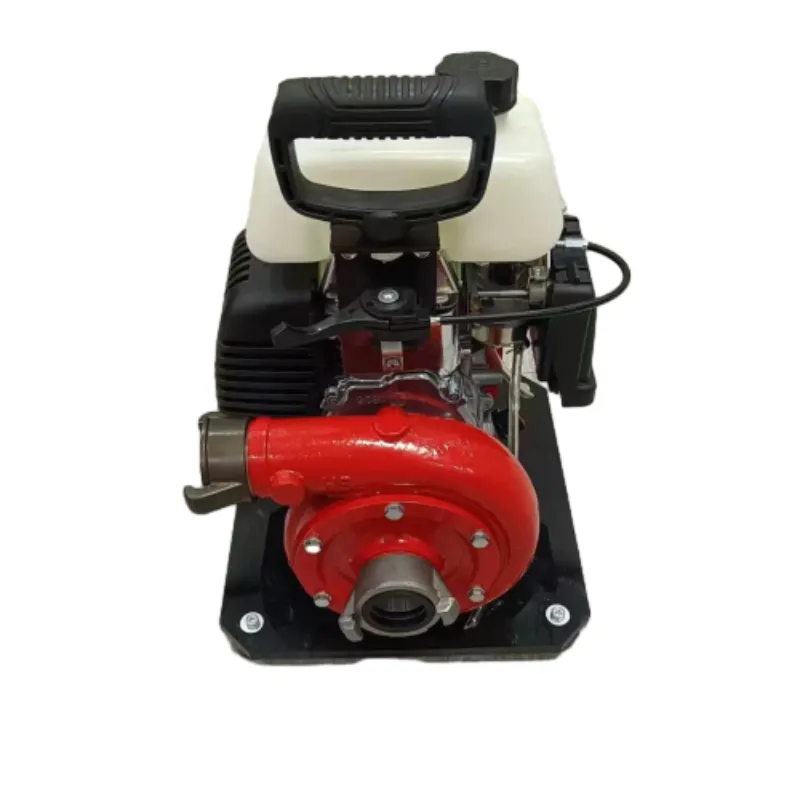

Breathing apparatus, such as self-contained breathing apparatus (SCBA), allows firefighters to enter smoke-filled environments without compromising respiratory health. The development of SCBA reflects advanced understanding in material science and ergonomic design, providing protection while ensuring mobility and comfort. Expertise in the maintenance and operation of SCBA is a critical component of firefighter training programs, emphasizing the balance between safety and functionality. Thermal imaging cameras (TICs) exemplify modern technological integration in firefighting by providing real-time imaging through smoke, enabling the identification of heat sources and potential hazards. These cameras enhance situational awareness, facilitating more informed decision-making in life-threatening conditions. The expertise required to interpret TIC data accurately underscores the importance of continuous training and adaptation to new technologies. Ladders and rescue tools, including hydraulic cutters and spreaders, are essential for accessing difficult-to-reach areas and executing rescue operations. Their design focuses on durability and strength, complemented by advancements in materials that reduce weight without compromising efficiency. Firefighters' experience in utilizing these tools during high-pressure situations further cements their reputation as life-saving equipment. Finally, fire extinguishers, though familiar to many outside of the firefighting profession, remain critical in initial response efforts. Available in different types based on the nature of the fire—such as water, foam, dry chemical, and carbon dioxide—fire extinguishers represent the straightforward application of chemical engineering expertise to address specific fire classes. Proper training in the selection and usage of fire extinguishers ensures their effective deployment, instilling trust in their capacity to avert disasters. Incorporating decades of experience, technical expertise, and a commitment to innovation, firefighting apparatus tools and equipment are vital not only for extinguishing fires but also for safeguarding the lives of both firefighters and the communities they serve. These tools are a testament to the ongoing advancements in the field, providing a reliable and authoritative foundation for emergency response and fire safety.





















